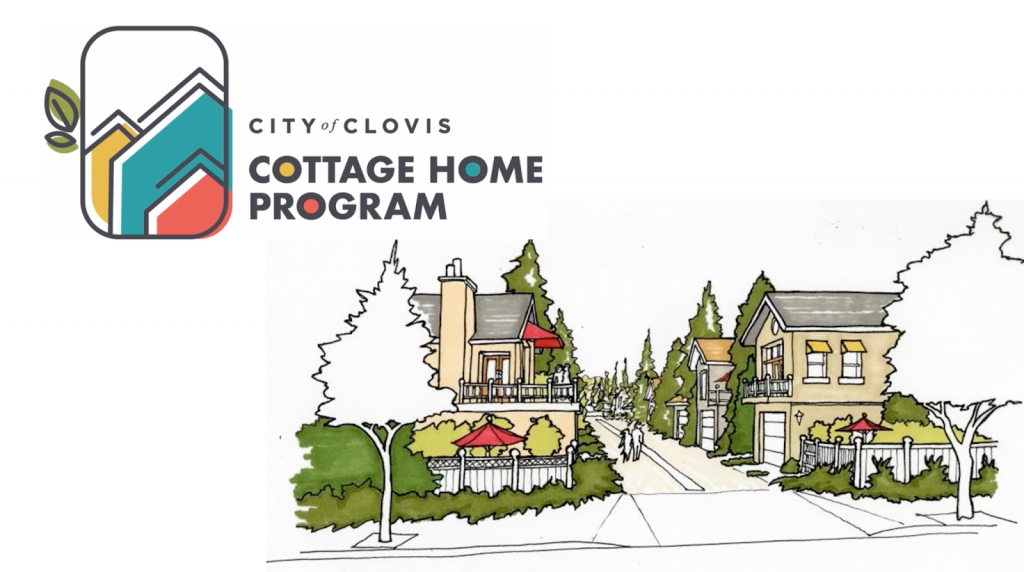
In 2018, Clovis launched its award-winning Cottage Home Program allowing Clovis residents to add an additional small-scale unit to their properties. Community members met the program with considerable interest and rave reviews.
However, does the program have the same level of interest three years later, especially with the rising cost of construction materials and labor due to the pandemic?
Cottage home coordinator Maria Spera believes so, stating that the City regularly receives inquiries from residents.
Spera said that interest was high at the start of the pandemic, with Clovis approving seven permits in 2020, before the rise in materials and labor.
“The inquiry is a little less than what it was at that point, but we still get many people coming in,” Spera said.
Since its inception, 18 cottage homes have been finalized, and nine more units are in various stages of construction at the moment.
Cottage homes are accessory dwelling units (ADU) near alleyways meant to encourage infill residential development near the alleys.
“What we wanted to incorporate [is] pedestrian residential areas for property owners with these alleys … and make these areas a better place for people,” Spera said.
Initially, the program was concentrated in Old Town Clovis, and only residents in the area were eligible for the program.
While most finalized cottage homes are located in central Clovis, following a city-wide expansion in 2019, all Clovis residents meeting qualifications to construct a cottage home on their properties became eligible.
With building costs skyrocketing across the nation, Clovis is helping mitigate the cost of cottage homes by providing pre-approved building plans.
“They [applicants] think it’s great. They love the fact that we have free plans for them. Because of the savings, and it saves them time,” Spera said. “We’ve gotten nothing but positive feedback.”
Spera said that with the preset plans, applicants are saving around $10,000.
The City is also saving applicants time and effort by streamlining the planning and approval process.
“A plan check could run from two to three months,” Spera said. “If they submit the application, we have five to 10 days to review. After that, we issue the permit and give them the preset of the plan.”
Homeowners can choose one of three pre-approved designs. All three designs are similar to surrounding houses styles in the Old Town area.
Two of the plans are single-story, 400 square feet livable spaces. The other is a 500 square feet, two-story unit with a garage on the ground floor and living space.
Spera said residents taking advantage of the cottage home program have either used it to build a unit for family members or as rentals, bringing in another source of income. The cottage homes also bring value to the property itself.
For qualifying residents, there are several requirements they must meet for a cottage home to be built on their property.
In addition to being within the Clovis city limits and alley access, the property must be zoned as an R-1 (single-family residential), have adequate space to accommodate the unit (10 feet by 20 feet), access to utilities, and be owned by the property owner.
Spera said the homes’ construction depends on the owner and the contractors they hire, but she has seen time frames ranging from one month to 15 months.
“Since the launch of the program, we’ve had a great success rate with it,” Spera said.








